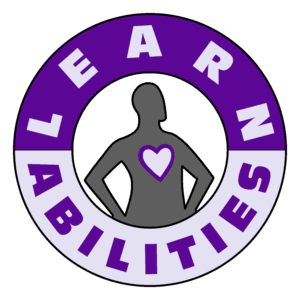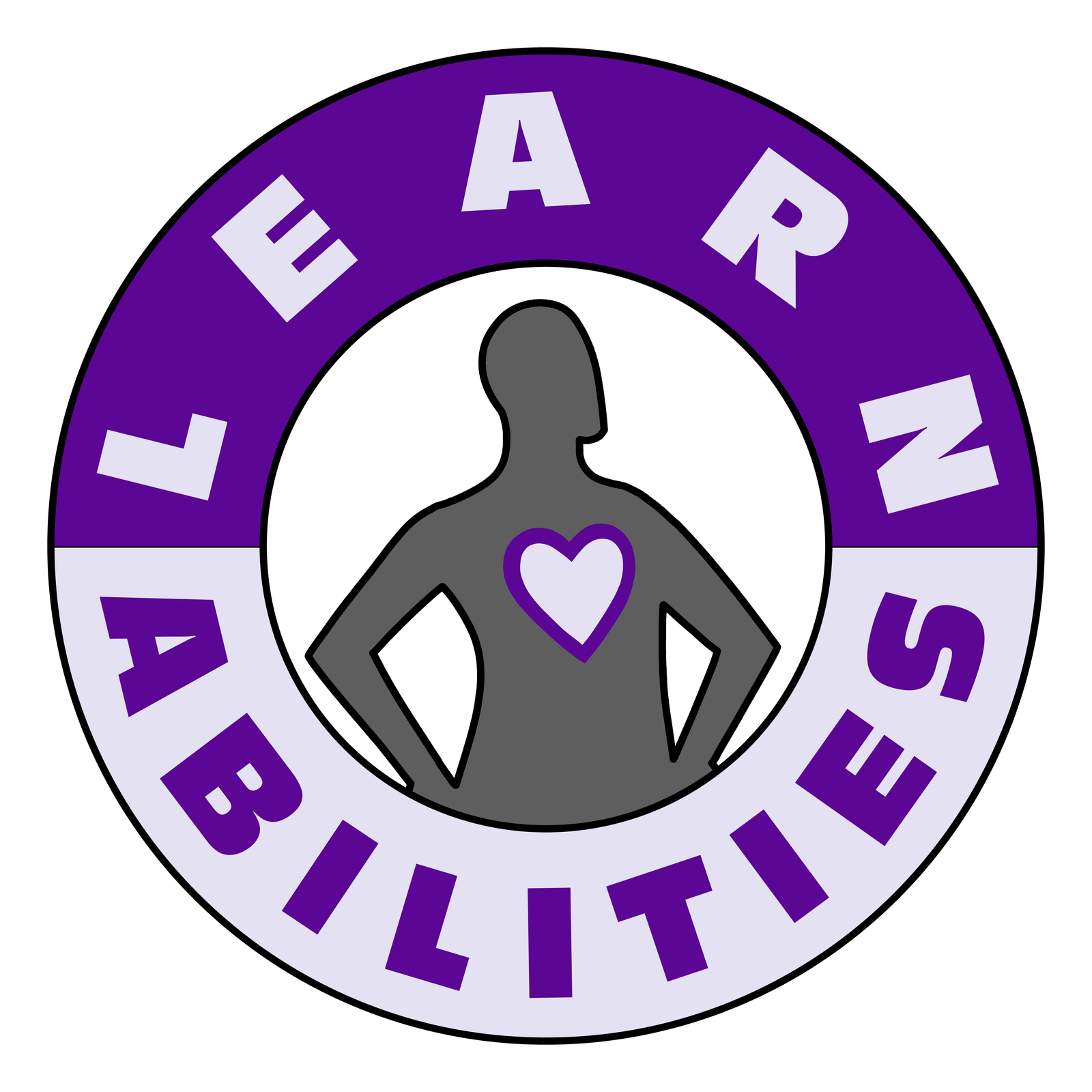Multiple Intelligence Theory: Teaching to Strengths
“You know much more than you think because you think in more ways than you know.” (Armstrong, 1999, p. 25)
You may have read or learned about Multiple Intelligence Theory (MI Theory). I am here to tell you that MI Theory can be a powerful teaching tool that can help make your instruction more engaging and help your students, or your own children, build important self-understanding and confidence.
What is Multiple Intelligence Theory?
MI Theory (1983) was an outcome of the research and brilliance of Dr. Howard Gardner. He believed that “human cognitive competence is better described in terms of a set of abilities, talents, or mental skills” (Gardner, 2006, p. 23) rather than as a singular entity called intelligence. In other words, we are not just “smart” or “not smart,” but rather smart in a number of ways. Gardner created a set of criteria for what would constitute an intelligence and then tested different components of our brains to determine the multiple intelligences. Thomas Armstrong (1999), Gardner’s colleague, and educators like Dr. Ellen Arnold (2007), have since simplified the language and made the application of MI Theory to the classroom and homeschools even easier.
Although Gardner considered additional intelligences, like the “existential intelligence,” here are eight “MI Smarts” that can really help you provide strength-based instruction:

Word Smart: Gardner’s “verbal-linguistic” intelligence refers to the ability to use language to read, write, and speak effectively. Word Smart activities include playing with puns, word games, tongue twisters, and trivia.

Number Smart: The “logical-mathematical” intelligence involves the ability to reason, sequence, and think logically about the world. Individuals use their Number Smart when testing hypotheses, finding patterns, and solving math and other problems.

Picture Smart: Having the “visual-spatial” intelligence means being able to see, copy, and manipulate the visual and spatial world. Picture Smart is active when individuals hold images in their minds or draw, sketch, or navigate three-dimensional space.

Music Smart: With a “musical-rhythmic” intelligence, individuals can perceive, appreciate, and produce rhythms and melodies. They may have an affinity for instruments, sing in tune (even without a good voice!), and be able to evaluate rhythms and music with a “good ear.”

Body Smart: The “bodily-kinesthetic” intelligence allows individuals to control body movements and handle objects skillfully and with good tactile sensitivity. Body Smart is evident when individuals move their bodies frequently; get “gut reactions”; and enjoy activities like sports, crafts, hiking, and sewing.

People Smart: The “interpersonal” intelligence enables individuals to understand others and their perspectives. They may be good at reading the room, identifying moods and intentions of others, and being compassionate (or can be manipulative!).

Self Smart: Having a strong “intrapersonal” intelligence enables individuals to understand themselves, access and identify their emotions, and use self-knowledge to make choices. Self Smart activities may include meditation and contemplation and may showcase goal setting or self-discipline.

Nature Smart: With the “naturalist” intelligence, individuals are comfortable with the natural world, perhaps being able to recognize and classify flora and fauna. Individuals demonstrate Nature Smart when they enjoy watching sunrises or sunsets, stargazing, gardening, or just being in nature.
An important note to thinking about MI Smarts is that they are not “learning styles.” Learners should not be put into categories like “Word Smart Learners” or “Body Smart Students.” Rather, all individuals have all the MI Smarts to varying degrees. The impact on learning is based on each individual’s relative strengths and challenges (i.e., the Learner Profile).
How to Use Multiple Intelligence Theory to Help Learners
You can explore MI Theory with all but the very youngest children through Strength-Based Interviews (see Chapter 1 of Arnold, 2007), other strength-based assessments, and simple conversations with them. You can guide children toward self-understanding by observing learning and noting strengths (i.e., through “diagnostic teaching” and a good deal of mindfulness!). Identifying challenges is, of course, important too, but that is another blog! Together, you can create a profile of MI Smarts for each learner and use that to individualize instruction, and your learners can use their new self-knowledge to make good strategy choices and improve their learning.
Benefits of Using MI Theory in Teaching and Learning
As a teacher/homeschooler, you may find you feel better able to tailor instruction to your learners. You may enjoy more success in delivering engaging lessons and more satisfaction and enjoyment in the teaching experience. Using MI Theory may even make teaching feel easier because you have a framework on which to make creative and effective instructional decisions and a greater likelihood of achieving those “AHA moments.” Most of all, you will know that you are making progress on the journey to “Empowering Teaching”!
Let’s look at a few significant ways, in addition to gaining Self-Knowledge, in which your learners may benefit when you teach them about MI Smarts and use it in your instruction:
- Belief in Self: Perhaps the most important benefit of bringing MI Smarts into teaching and learning is that learners build Belief in Self. Their confidence and self-concept improve because they start to see that they do, indeed, have strengths. Learners who struggle are often very aware of and very focused on challenges. Learning about their MI Smarts can help them see that challenges are not what defines them as learners. They have a whole set of strengths they can use to overcome those challenges. That is the power of MI Theory!
- Involvement: When learners know that they have strengths to help them overcome their challenges, they become more involved in their own learning. They may make suggestions for ways to learn concepts and skills, and they may make better choices when given options for how to share their knowledge with you.
- Strategies: One of the most important choices learners make is related to the strategies they use to complete tasks. When learners have self-knowledge and understand their own MI Smarts profile, they can evaluate whether strategies they learn are likely to work for them. They can choose to try strategies that support the way they learn and move on from strategies that don’t.
- Assertiveness: Learners who are familiar with MI Theory have a language with which to communicate their strengths and ask for what they need. You will know your learner is internalizing the benefits of MI learning when you hear self-advocacy like this: “I would like to do a hands-on project because I am really Body Smart!”
Self-Knowledge, Belief in Self, Involvement, Strategies, and Assertiveness are the Keys to Empowerment that will help all of us become more empowering teachers, and MI Theory is an important foundation for building those Keys!
Three Tips for Using Multiple Intelligence Theory with Children
- Introduce the MI Smarts and then provide lots of opportunities to talk about them and reflect on strengths during the daily processes of teaching and learning.
- Remember that incorporating just one or two more of the MI Smarts into teaching can make a lesson more engaging. You do not need to capture all the MI Smarts in every learning activity.
- While not all learning needs to be fun, planning for and using MI Smarts in your teaching can be. Involve your learners in brainstorming how to incorporate MI Smarts and share the creative experience. Enjoy your MI adventure!
References:
- Armstrong, T. (1999). 7 kinds of smart: Identifying and developing your many intelligences. New York, NY: Plume.
- Arnold, E. (2007). The MI strategy bank: 800+ Multiple intelligence strategies for the elementary classroom (2nd Ed.). Chicago, IL: Zephyr Press.
- Arnold, E. (1992). Development of an orientation program for college-bound LD adults. (Doctoral Dissertation, Nova University, 1992). Dissertation Abstracts International, 9230576.
- Gardner, H. (2006). Multiple intelligences: New horizons (Rev. Ed.). New York, NY: Basic Books.
- Gardner, H. (1983). Frames of mind: The theory of multiple intelligences. New York, NY: Basic Books.
- Strauss, V. (2013, Oct. 16). “Howard Gardner: ‘Multiple intelligences’ are not ‘learning styles.’” The Washington Post. Retrieved from https://www.washingtonpost.com/news/answer-sheet/wp/2013/10/16/howard-gardner-multiple-intelligences-are-not-learning-styles/
Artwork by Naomi Schreiner
Original Post: April 19, 2025








